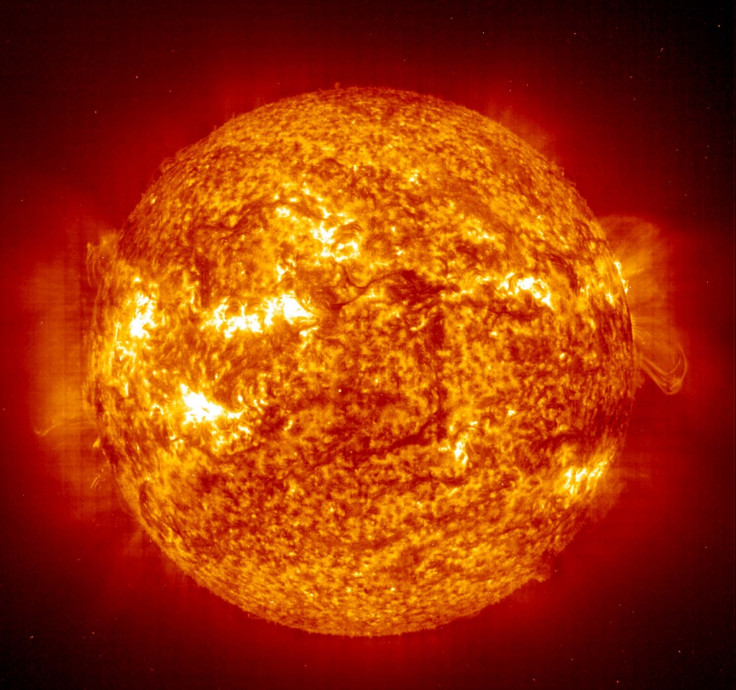Astronomers capture best ever image of Antares to study its evolution
Antares' mass is 12 times of Sun, but due to some mysterious reason the star is losing mass from its atmosphere.

Astronomers have captured a highly-detailed image of Antares, giving the first and best possible look at a star other than our very own Sun.
The image, captured by a team of astronomers led by Keiichi Ohnaka of Universidad Católica del Norte, gives a close look at the surface and atmosphere of Antares, one of the largest and brightest red supergiants sitting in the Scorpius constellation, 620 light-years from Earth.
Antares' mass is 12 times of Sun, but the red supergiant, due to some mysterious reason, is losing mass from its atmosphere and is in the last phase of its life. The same factor also attributes to the quick loss of material on other evolving stars, which expand outwards before becoming a supernova.
And, in a bid to decode the process behind this problem, astronomers tried capturing the surface of Antares and not any other star in the galaxy. They used ESO's Very Large Telescope Interferometer (VLTI) in Chile to capture images and map the motions of the star's surface with intricate details.
VLTI created a large 200m wide virtual telescope by combining collected infrared light from as many as eight telescopes – four 8.2m primary telescopes and four 1.8m auxiliary telescopes. Then, it used this capability to capture finer details of the surface and atmosphere of a star beyond our solar system
Here is the photograph:

Their observations not only revealed Antares' rosy hue but also hinted at some kind of turbulence in its outer atmosphere. The 2D velocity map, published in the journal Nature, suggested an upwelling and receding movement of gasses in the star's outer atmosphere, indicating the existence of a new, unknown process, something the team now aims to study.
"How stars like Antares lose mass so quickly in the final phase of their evolution has been a problem for over half a century," said Ohnaka in a statement. "The VLTI is the only facility that can directly measure the gas motions in the extended atmosphere of Antares – a crucial step towards clarifying this problem. The next challenge is to identify what's driving the turbulent motions."
Ohnaka also noted the technique can be "applied to different types of stars to study their surfaces and atmospheres in unprecedented detail".
© Copyright IBTimes 2025. All rights reserved.





















